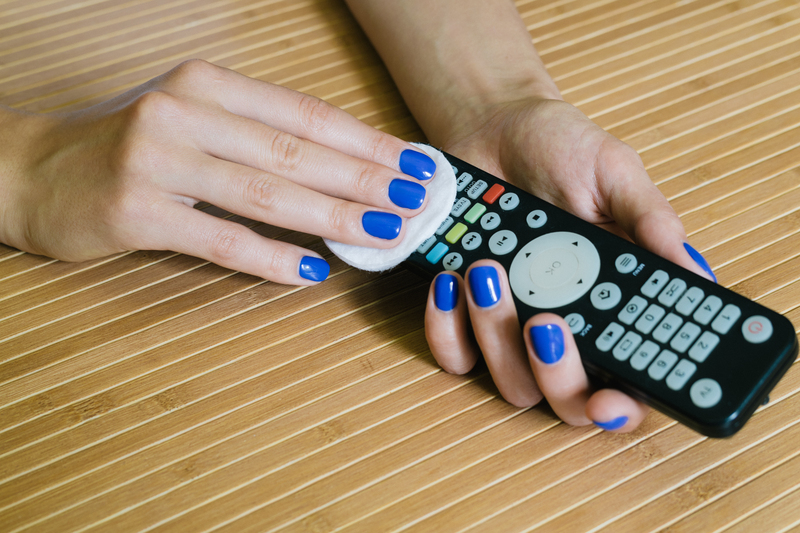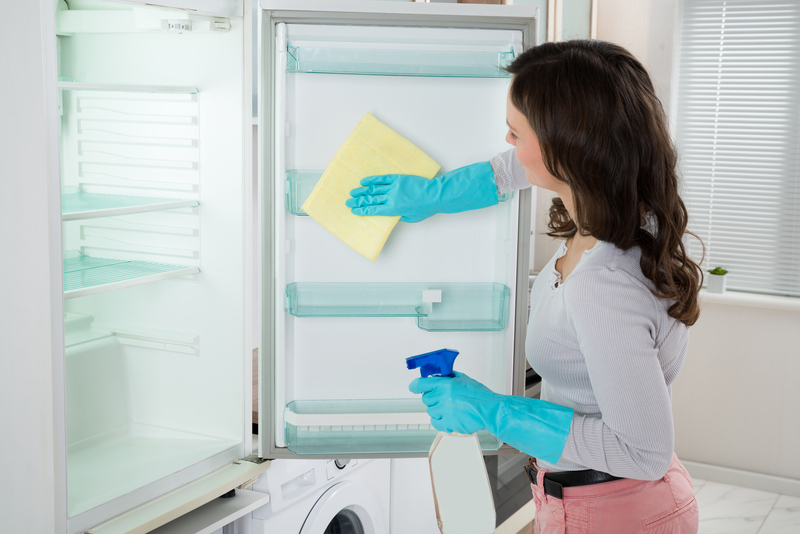Tackling Water Spots
Posted on 29/12/2024
Water spots are the bane of car enthusiasts, homeowners, and anyone who values clean surfaces. These unsightly marks can form on car paint, windows, and various household surfaces, leaving a blotchy and unkempt appearance. Understanding the causes, prevention, and removal techniques for water spots is crucial to maintaining the beauty and longevity of your possessions. This article will delve into all aspects of tackling water spots to equip you with the knowledge to handle them effectively.
What Are Water Spots?
Water spots, also known as hard water stains or mineral deposits, are blemishes left behind when water evaporates and leaves behind mineral residues. These minerals, primarily calcium and magnesium, are present in hard water, which is common in many geographic locations. When water droplets dry on a surface, the minerals crystallize, creating visible spots. Over time, these spots can etch into surfaces, making them difficult to remove.

Common Surfaces Affected by Water Spots
Water spots can form on a variety of surfaces, including:
- Car Paint: Water spots on car paint can diminish the vehicle's appearance and lead to long-term damage if not addressed promptly.
- Glass Windows: Both automotive and household windows can suffer from water spots, affecting visibility and aesthetics.
- Shower Doors: Bathroom fixtures, especially glass shower doors, are notorious for developing stubborn water spots due to repeated exposure to water.
- Metal Surfaces: Fixtures, faucets, and appliances can also accumulate water spots, reducing their shine and appeal.
Causes of Water Spots
The primary cause of water spots is hard water. Depending on the mineral content of your local water supply, the severity of water spots can vary. Factors contributing to the formation of water spots include:
- Evaporation: When water evaporates, it leaves behind mineral deposits that crystallize on surfaces.
- Environmental Contaminants: Dust, pollen, and other airborne particles can mingle with water droplets, exacerbating water spots.
- Surface Texture: Rough or uneven surfaces are more prone to retaining water droplets, increasing the likelihood of water spots.
Preventing Water Spots
Prevention is always better than cure, especially when it comes to avoiding the formation of water spots. Here are some effective prevention strategies:
- Use Soft Water: Invest in a water softener for your home to reduce the mineral content in your water supply.
- Dry Surfaces Immediately: After washing your car or showering, use a microfiber cloth to dry surfaces promptly.
- Regular Maintenance: Clean and wax your car regularly to create a protective barrier against water spots.
- Install Water Repellent Coatings: Use water repellent treatments on glass surfaces to minimize water droplet adherence.
- Control Humidity: In areas prone to high humidity, use a dehumidifier to reduce moisture levels and prevent water spot formation.
Removing Water Spots
Despite your best efforts, water spots may still form. Luckily, effective removal techniques can restore the affected surfaces. The method you choose will depend on the severity and location of the water spots.
1. Vinegar Solution
Vinegar is a natural and affordable solution for tackling water spots. Its acidic properties help dissolve mineral deposits:
- Mix equal parts of white vinegar and distilled water in a spray bottle.
- Spray the solution onto the affected area and let it sit for a few minutes.
- Wipe the surface with a microfiber cloth and rinse with clean water.
2. Commercial Water Spot Removers
There are numerous commercial products designed to remove water spots effectively:
- Follow the manufacturer's instructions carefully to avoid damaging surfaces.
- Test the product on a small, inconspicuous area before full application.
- Apply the product using a soft cloth or applicator pad and buff the surface to remove the spots.
3. Clay Bar Treatment
For stubborn water spots on car paint, a clay bar treatment can be highly effective:
- Wash and dry the car thoroughly to remove dirt and grime.
- Lubricate the surface with a clay bar lubricant or a mild soapy water solution.
- Gently rub the clay bar back and forth over the water spots until they are removed.
- Wipe away any residue with a microfiber cloth.
4. Polishing and Compounding
For severe or etched-in water spots, polishing and compounding may be necessary:
- Use a dual-action polisher or an orbital buffer with the appropriate polishing compound.
- Start with a less abrasive polish and work your way up to more aggressive compounds if needed.
- Buff the affected area in a circular motion until the spots are removed and the surface is restored.
5. Lemon Juice
The natural acidity of lemon juice is another effective method for removing water spots:
- Cut a lemon in half and rub it directly onto the water spots.
- Let the juice sit for a few minutes to break down the minerals.
- Rinse with clean water and wipe the surface with a microfiber cloth.

Special Considerations for Different Surfaces
Different surfaces may require unique approaches to effectively tackle water spots:
1. Glass Windows
Preventing water spots on glass windows involves regular cleaning and using glass sealants or repellents. To remove spots, use vinegar solutions or commercial glass cleaners.
2. Car Paint
Regular waxing and washing help prevent water spots on car paint. When spots do appear, use clay bars or mild polish to remove them without damaging the paint.
3. Shower Doors
Apply a water repellent coating to shower doors to prevent water spots. Regular cleaning with vinegar or lemon juice can keep them spotless.
4. Metal Fixtures
Use a metal polish or a homemade solution of baking soda and water to remove water spots from metal surfaces. Regular cleaning and drying can prevent buildup.
Conclusion
Water spots may be a common nuisance, but with the right preventative measures and removal techniques, they can be effectively managed. Understanding the causes and employing appropriate strategies for different surfaces ensures that your car, windows, and household fixtures remain spotless and free from unsightly marks. Regular maintenance and prompt action are key to preserving the appearance and longevity of your possessions.



